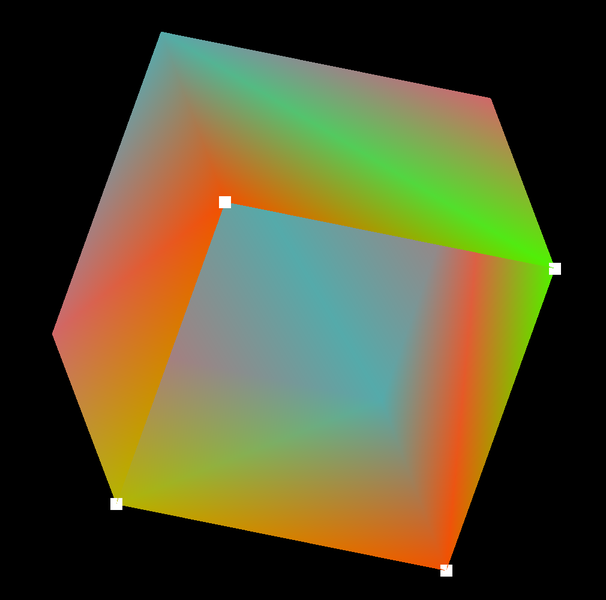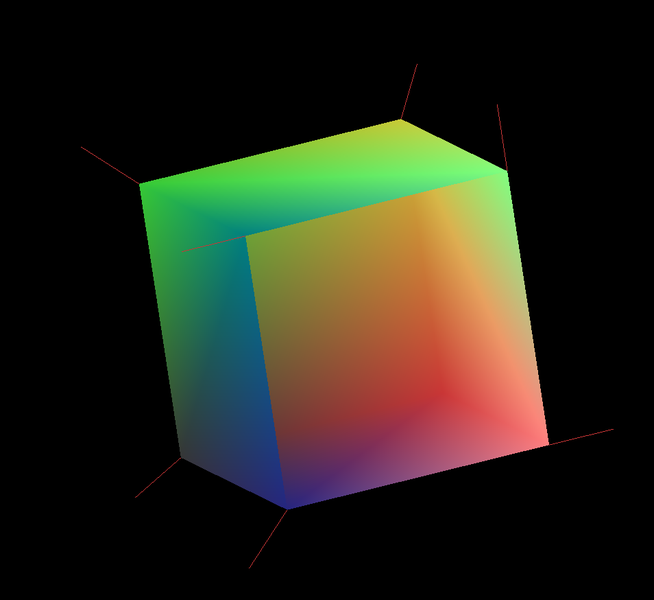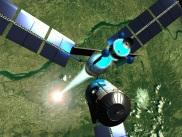Hi,
I am working with a directed edge data structure which is like the half-edge but more memory efficient. I am trying to determine the neighbouring edges given a vertex id. This is almost like finding the degree of a vertex. I am finding myself in an issue where if I try to find neighbouring edges of a vertex id which is part of a boundary edge, it ends up in an infinite loop. For example, when passing vertex id 2, it goes through edges 2 -> 26 -> 1 -> 17 -> 1 -> 17 -> and keeps looping between 1 and 17.
My Current thought process is to traverse the structure using next(halfedge[edge]) until we hit a boundary edge. This traversal is counterclockwise, once we hit a boundary edge we know we have explored the left side. We now need to flip to explore the right side so I trigger to boolean so we now start exploring clockwise to get the edges on that side until we once again hit a boundary edge.
I am quite confused on how you could find neighbouring edges given a vertex id and would appreciate any insight. This is what I am currently doing.
std::vector<int> Mesh::NeighbourEdges(int vertex_id)
{
std::vector<int> neighbours;
long startingEdge = firstDirectedEdge[vertex_id]; // fde for current vertex
long currentEdge = startingEdge;
bool otherside = false;
do
{
// 2 -> 26 -> 1 -> 17 -> 1 -> 17 -> 1
neighbours.push_back(currentEdge);
if(halfedge[currentEdge] == -1)
{
currentEdge = prev(startingEdge);
otherside = true;
} else
{
if(!otherside)
{
currentEdge = next(halfedge[currentEdge]);
} else
{
currentEdge = prev(halfedge[currentEdge]);
}
}
} while (currentEdge != startingEdge);
return neighbours;
}










